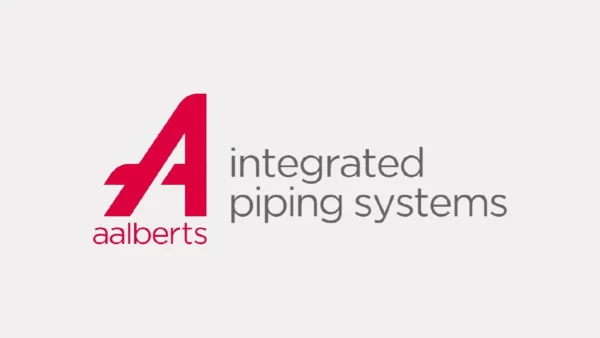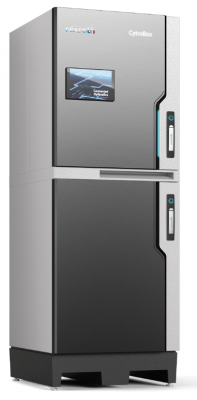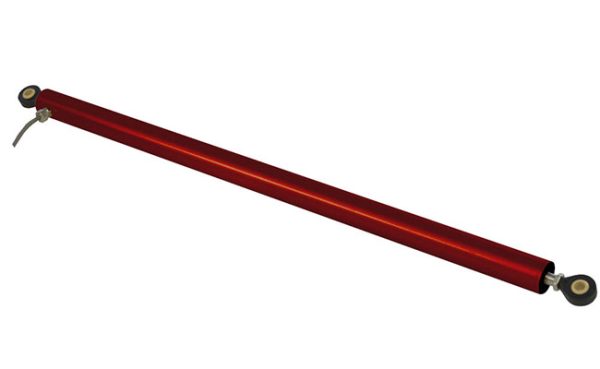Ogura’s New Medical and Robotics Brakes
MCNB-Z Series: Spring applied brakes that are zero backlash, quiet, super thin profile, low power, light weight, and less expensive than current solutions.

| Motor Frame | Size 40 | Size 60 | Size 80 |
| Model | MCNB-3Z | MCNB-15Z | MCNB-40Z |
| Brake OD | 35 mm | 52 mm | 68 mm |
| Voltage | 24 VDC | 24 VDC | 24 VDC |
| Static Torque (min) | 0.38 Nm | 1.52 Nm | 3.80 Nm |
| Allowable E-stops | 100 | 100 | 100 |
| Noise Level (max) | 60 dB | 60 dB | 60 dB |
Ogura’s new MCNB-Z series Spring Applied Brakes are changing the way robotics and medical equipment designers look at power-off holding brakes. These are used for both safety and precision motion control. For decades, permanent magnet type brakes were the only reliable solution. This is no longer the case, thanks to this new breakthrough design.
The product is spring applied type and truly zero backlash, which is unique. This means that loads can be held precisely when power is removed, improving the quality of the machinery and process. Traditional designs held zero backlash in the axial direction by fixing the hub to the friction disc, but this design also incorporates zero backlash in the rotational direction by removing play between the armature to the collar. This is important to note.
The applications involved are often noise sensitive, so the innovative design enables quiet actuation at 60dB or less.
The special construction of the internal brake results in the lowest possible inertia of the hub and friction disc, which is very desirable in high cycling and high-speed applications. This is possible because the friction material is not bonded to the rotating disc, the material is bonded to the stationary components.
The product is compact with a super-thin profile and light weight. This provides benefits to robotic arm and motion control designers desiring smaller footprints, quicker system response times, lower system weight and cost.
Spring applied brake technology allows for lower power consumption as overexcitation releases the brake quickly, and pulse width modulation after the brake is released allows for 50% or more power savings. Reduced power then results in lower heat, extended overall component and system life. This allows improved warranties, reduced maintenance, and superior performance. They also offer distinct advantages in wide temperature range applications.
Lastly, they are easier to install since they are one piece construction as opposed to two-piece permanent magnet type construction.







